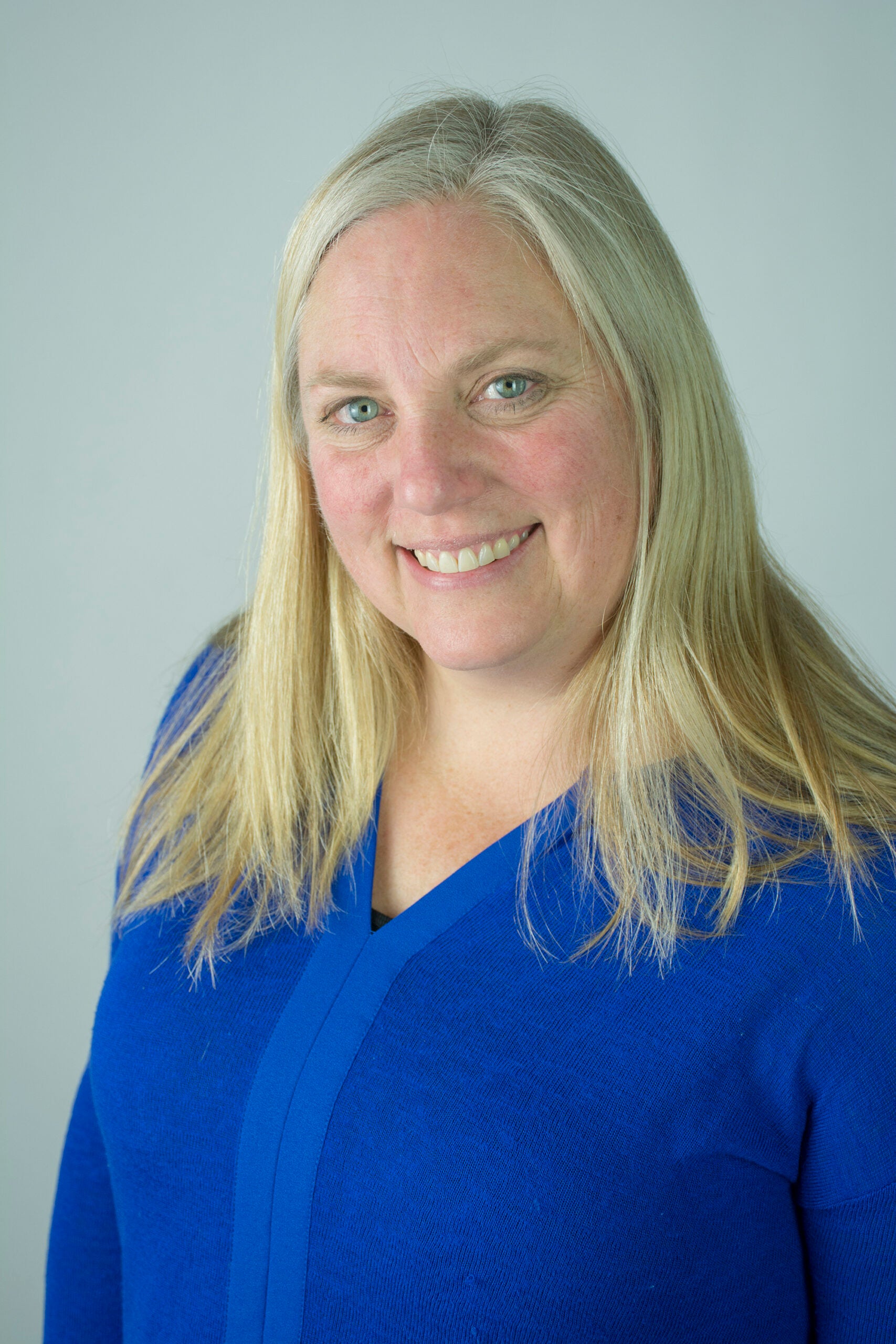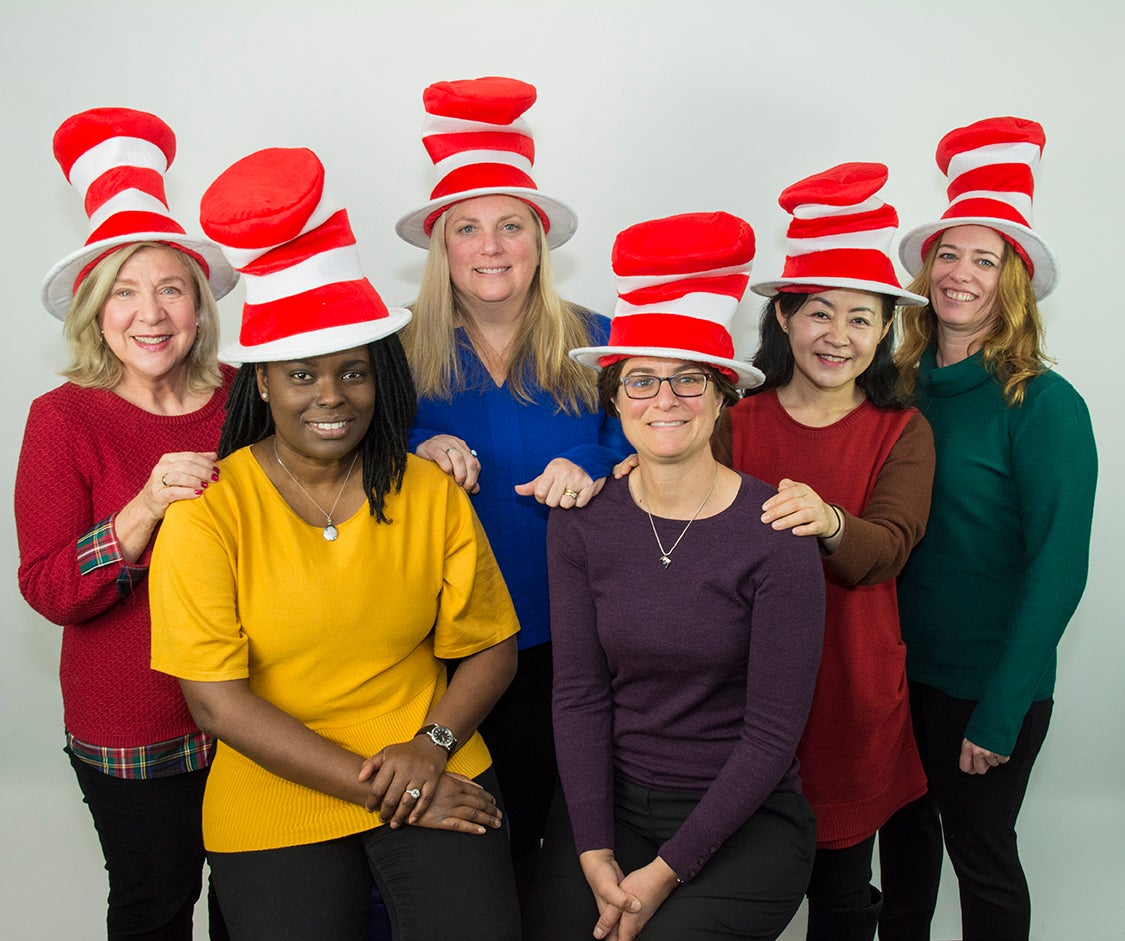KINGSTON, R.I. — April 23, 2020 — A study led by the University of Rhode Island has found that preschool children who interacted with multimedia learning materials created for the PBS KIDS show The Cat in the Hat Knows a Lot About That!™ provided opportunities to learn about science for all participating children. The results of multiple analyses revealed that the free and accessible media had a positive effect on children, regardless of gender, socioeconomic status of the family or whether they receive special education services.
Findings suggest that by the end of the eight-week study twice as many children (56%) were able to accurately depict what scientists and engineers do than at the start of the study (24%).
The study was conducted with 137 preschool children from 13 classrooms in Rhode Island public school districts where up to 49% of the children in each class receive special services. The children received two tablets containing video stories of The Cat in the Hat Knows a Lot About That!™ and a mobile multi-game app, The Cat in the Hat Builds That™, to use at home and at school for up to eight weeks. Parents and teachers also received printed resources from PBS LearningMedia to support real-world activities. URI researchers visited the classrooms to observe and assess the children’s understanding of the nature of science and engineering and their perceptions of science on five occasions over the course of the study. Parents and teachers also reported their observations in a weekly media log.
Preschool children broadened their understanding of the nature of science: who can participate in science and engineering, how science and engineering are practiced, and what is learned from science and engineering. Scores on a University-developed assessment tool called the Nature of Science and Engineering Survey (NOSES) significantly increased after exposure to The Cat in the Hat Knows a Lot About That!™. The 23-question, picture-based survey asked children to choose picture responses to prompts like “Touch the pictures that show people acting like scientists.”
The study also found:
- In the Draw A Scientist Test and the Digital Design A Scientist Test, children demonstrated increases in positive perceptions of science and engineering.
- 77% of the children depicted scientists and engineers working in everyday spaces and places, such as backyards, playgrounds, etc., by the end of the study rather than in stereotypical settings, such as chemistry laboratories, or fantastical settings, such as secret locations in caves and castles, compared with 44% at the beginning of the study.
- 86% of girls drew female scientists at the end of the study compared to 49% at the beginning of the study.
- In the Nature of Science and Engineering Survey, children from the lowest income households increased their scores the most, 12.3% compared with 6.3% of children from higher income families.
Developing a deep understanding of the nature of science and engineering allows people to engage more critically in and interpret information about the world in which they live. According to the Next Generation Science Standards, when children understand the nature of science and engineering they are better able to answer their own questions and solve problems and will be better able to engage critically in their formal K-12 science curriculum.
During the course of the study, the URI researchers used three tools, two of which they developed: the Nature of Science and Engineering Survey (NOSES); and the Digital Design A Scientist Test (D-DAST); as well as the Draw A Scientist Test (DAST), which were administered to the children throughout the eight-week period. Parent and teacher surveys also provided data on how the children incorporated the media into their home and school lives. These qualitative descriptions allowed researchers to determine whether the youngsters changed their perceptions of science, who can participate in science and where science can be done. Both NOSES and D-DAST were developed by URI; DAST was developed by David Chambers in 1983.
Parents and teachers reported how the media inspired the children to behave like scientists and engineers. As one parent reported on the post-survey, “My daughter told my husband and [me] that she may become a scientist or engineer. I know she has learned those career options from participating in the different The Cat in the Hat activities. She also set up her own sink and float experiment at the house where her older siblings had to make predictions and then participate in the investigation.”
The parent and teacher comments showed that preschoolers are not too young to begin engaging in science and engineering practices, and that multi-platform content like The Cat in the Hat Knows a Lot About That!™ builds a strong foundation by helping them to enjoy science and to engage in science with their parents.

Sara Sweetman, URI assistant professor of education and lead researcher on this project, serves as an adviser to the Ready To Learn Initiative, an early learning project of the Corporation for Public Broadcasting (CPB) and PBS, with funding from the U.S. Department of Education. As part of the initiative, Sweetman was awarded a research grant to explore how multimedia experiences at home and at school influence young children’s attitudes and perceptions about science, in support of their pathways toward science and engineering careers.
“The study’s results are really encouraging,” said Sweetman. “If free and publicly available media can support early science awareness and knowledge within young children as they start school, we can begin to narrow the science opportunity gap prevalent in kindergarten.”
Sweetman, who has been a consultant with Sesame Street and other children’s media programming since 2007, described the benefits of media integration in early childhood. “Media often portrays unrealistic views of science and engineering, as well as who is included in the work,” Sweetman said. “Media that is intentionally designed to be inclusive of people and places, and shows authentic science and engineering practices like The Cat in the Hat Knows a Lot About That!™, has the potential to start all kids on a path toward building a more diverse and innovative future.”
About the University of Rhode Island
The University of Rhode Island, is the flagship public research as well as the land grant and sea grant university for the state of Rhode Island. As a major research university defined by innovation and big thinking, URI offers its undergraduate, graduate, and professional students distinctive educational opportunities designed to meet the global challenges of today’s world and the rapidly evolving needs of tomorrow. In addition, through its exceptional education, research, and outreach, URI works to improve the quality of life for all Rhode Island residents and the global community. The Alan Shawn Feinstein College of Education and Professional Studies at The University of Rhode Island offers a two-campus, collaborative, interconnected approach to teaching, research, and outreach. Research expertise within the college includes science education, digital and media literacy, early childhood education, literacy instruction, adult learning, and social justice in education.
About The Cat in the Hat Knows a Lot About That!™
PBS KIDS’ series The Cat in the Hat Knows a Lot About That!™ supports learning by modeling science practices and language and exploring science and engineering content through animated stories. Study resources focused on videos, digital games, and hands-on activities from the third season funded by the CPB-PBS Ready To Learn Initiative. The Cat in the Hat Knows a Lot About That!™ is a PORTFOLIO ENTERTAINMENT INC. production and is derived from properties held by Penguin Random House and Dr. Seuss Enterprises.
About the Ready To Learn Initiative
The Ready To Learn Initiative is a cooperative agreement funded and managed by the U.S. Department of Education’s Office of Elementary and Secondary Education (OESE). It supports the development of innovative educational television and digital media targeted to preschool and early elementary school children and their families. Its general goal is to promote early learning and school readiness, with a particular interest in reaching low-income children. In addition to creating television and other media products, the program supports activities intended to promote national distribution of the programming, effective educational uses of the programming, community-based outreach, and research on educational effectiveness. The contents of season 3 of The Cat in the Hat Knows A Lot About That!™ and The Cat in the Hat Builds That™ app were developed under a grant from the Department of Education. However, those contents do not necessarily represent the policy of the Department of Education, and you should not assume endorsement by the Federal Government. The project is funded by a Ready To Learn grant (PR/AWARD No. U295A150003, CFDA No. 84.295A) provided by the Department of Education to the Corporation for Public Broadcasting.
To access B-roll, summary and report, please go to
B roll
https://youtu.be/_b7NuOpQ_3k

